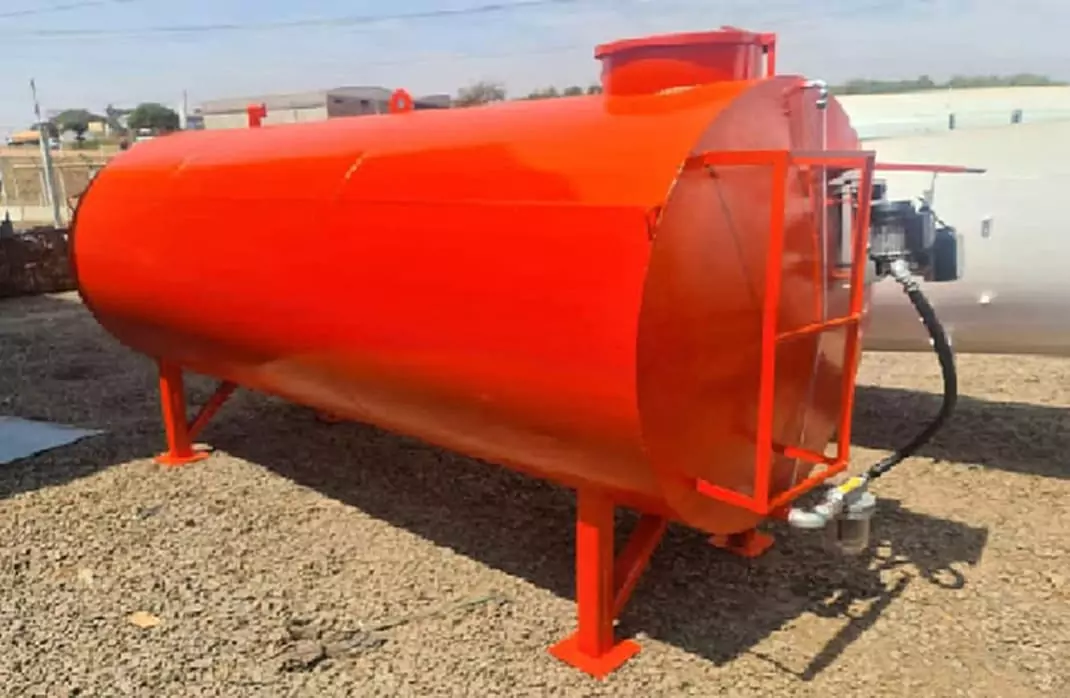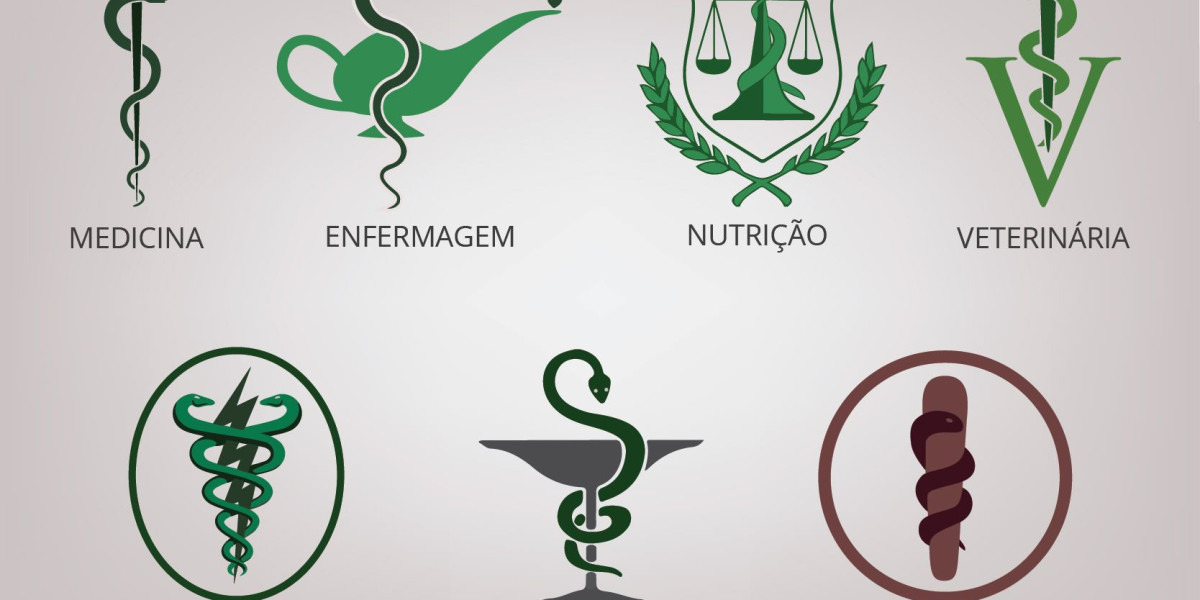All Corrugated Steel Tank pdfs
By utilizing light-weight thin-gauge metal panels, Aquamate’s steel water tanks have the entire required strength to resist water, snow and seismic hundreds without the excess materials price. For over a hundred years, corrugated galvanized metal tanks have been the popular choice for safe, reliable, and cost-effective water storage. In addition to manufacturing tanks for over forty years, American Tank is also a General Engineering Contractor that's licensed to build tanks and foundations in California, Nevada, and Washington. All our tanks embody Wet-Stamped Engineering and are put in onsite by our personal manufacturing facility licensed installation crew. Many of our tanks may even be installed on a easy gravel ring foundation with out the need for costly concrete foundations and expensive sitework.
Metal Water Tanks
Aquamate large metal water tanks, from 5,000 gallons to 102,000 gallons, can be found by way of our licensed dealers. All of our tanks are installed by Aquamate trained and authorized technicians, meaning you can make sure that your steel water tank will stand the take a look at of time. Made practically the same means for 80 years, our tanks have the seem and feel of a real Texas cistern and are completely suited for ingesting water or irrigation purposes. You can choose between galvanized or chrome steel, and our tanks range from 90 to 4400 gallons, with customized sizes out there. By the facet of your home or elevated on a platform your tank will look awesome and stand up to the warmth and scorching Texas sun too. The Pioneer® WaterHarvest Tank is the first water tank to collect, filter and retailer rainwater straight out of the field.
 The value to install a small water tower is dependent upon how it's constructed and where it’s situated. A small house water tower can be constructed from PVC pipes and plastic sheeting or metallic tanks. An overhead water tank building costs roughly $7 per sq. foot of tank surface area and contains set up costs. This worth contains all labor and supplies needed to build your tank and set it up appropriately. The Pioneer® WaterHarvest Tank is the first water tank to collect, filter and retailer rainwater straight out of the box.
The value to install a small water tower is dependent upon how it's constructed and where it’s situated. A small house water tower can be constructed from PVC pipes and plastic sheeting or metallic tanks. An overhead water tank building costs roughly $7 per sq. foot of tank surface area and contains set up costs. This worth contains all labor and supplies needed to build your tank and set it up appropriately. The Pioneer® WaterHarvest Tank is the first water tank to collect, filter and retailer rainwater straight out of the box.However, if you want to construct a water tower that can serve members of the common public, you will doubtless have to get permission and permits from the local municipal authorities. The total dimension of the tower limits the sort of supplies you can use. For instance, the largest towers will likely should be made from concrete. However, if you have a farm or one thing similar that requires a large supply of water, your best guess is to contact a water tower building company. If you have ever pushed out in rural areas, odds are you've seen a giant water tower looming over the horizon somewhere. These big buildings are an important a half of local infrastructures and provide clean water to close by residents. If you lay a small foundation of 81 sq. feet, you’ll need one cubic yard of concrete per 4 inches of basis thickness.
Custom Steel Fabrication
En un sentido extenso, puede incluir un enorme conjunto de datos referidos a las diferentes actuaciones que tienen que realizarse en las presas. Es en la provincia de Badajoz donde está el embalse de La Serena, el más grande de España. Fue construido en 1989 y tiene una aptitud para guardar 3.219 hectómetros cúbicos de agua. Este volumen podría cubrir las pretensiones de la red social durante mucho más de 30 años, según datos del MITERD. A este le prosigue el de Alcántara, en Cáceres, construido en 1969 y con una capacidad de 1.000 hectómetros cúbicos de agua.
Los 10 embalses más grandes de España
Recurrentemente bajo la presa aumenta la población, tanto la que habitaba en zonas inundadas por el embalse como nueva población llamada por las opciones de labrar novedosas tierras de regadío que da el agua embalsada. En ocasiones se produce humillación ambiental, y la calidad del agua se deteriora, y las tasas de sedimentación del reservorio aumentan, a resultas del desbroce del bosque para agricultura, la presión sobre los pastos, la utilización del lote, como las áreas de la cuenca hidrográfica aguas abajo. La reserva hídrica española, dividida en 25 demarcaciones hidrográficas, entiende los datos amontonados del conjunto de toda el agua almacenada tanto en aguas superficiales (embalses y pantanos) como en aguas subterráneas (acuíferos y pozos). El agua embalsada depende de las precipitaciones, de la capacidad de almacenamiento de cada lugar y de la cantidad extraída para determinados usos (abastecimiento, agrícolas o industriales). Las partículas suspendidas que trae el río se asientan en el reservorio, limitando su capacidad de almacenaje y su historia útil, privando el río de los sedimentos, aguas abajo.
El agua embalsada en la cuenca de los ríos Tinto, Odiel y Piedras cambió un -13,19%
En la próxima tabla puedes observar los datos detallados de cada demarcación (pincha en el nombre para ver los datos de los embalses que la forman). Además, asimismo puedes consultar la evolución total por semana de los últimos tiempos, así como una comparativa del estado de hoy de la reserva con el año anterior y con los últimos 10 años de cada demarcación. Durante la segunda mitad del siglo XX sucedió un gran desarrollo de los embalses españoles. Y sucede que en estas caixa d áGua 5000 litros tipo taçaécadas se llegaron a construir de media 20 embalses al año a lo largo del territorio español.
La sequía obliga a repensar la gestión del agua en el campo: "Si no traemos agua, estos pueblos están muertos"





